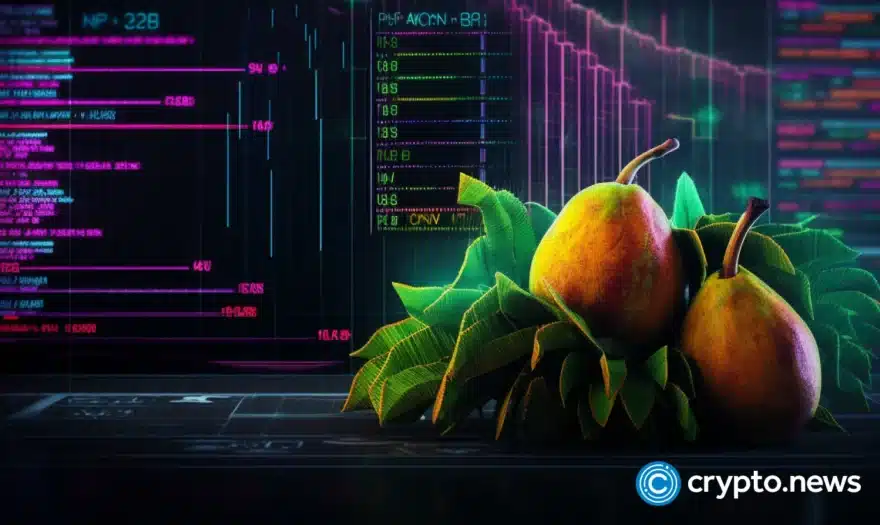Steady State’s On-Chain Insurance Invites Institutional Investors to DeFi 2.0

Decentralized finance (DeFi) has experienced enormous growth in the last year. DeFi protocols have reached an astounding total value locked (TVL) of over $230 billion, and it might surprise many of DeFi’s onlookers to know that this TVL was reached on a mostly caveat emptor basis.
The short but robust history of DeFi has provided little recourse for users who have lost their assets at no fault of their own. On that note, the risk to reward ratio in DeFi is probably too high for many investors who watch from the sidelines as a growing DeFi community earns yields that are unheard of today in traditional finance (TradFi).
While DeFi rates and services are beating TradFi day after day, the safety nets TradFi can provide, like deposits protected by FDIC, keep many from taking the plunge into services like DeFi banking. This is why the introduction of DeFi insurance could prove to be a huge game-changer for attracting deeper pockets to participate in a blockchain-based peer-to-peer financial system.
DeFi is Still Figuring Out Every Bad Thing That Can Happen
One of the major advantages of DeFi is that it operates via transparent and determinant code. By offering financial services through smart contracts, DeFi can reduce the inefficiencies of human behavior, and since the programming of a DeFi smart contract is usually based on open-source code, users can see exactly what they are getting into before they participate.
On the other hand, DeFi smart contracts are in their relative infancy, and as with the loopholes of any written contract, they can be exploited by users with malicious intent.
In 2020, Vitalik Buterin, the co-founder of Ethereum, warned the DeFi community about the dangers of smart contract risks as DeFi was beginning to heat up. Since Buterin first sounded this warning, millions of dollars have been lost to smart contract hacks and exploits, with the largest exploit totaling around $600 million.
Smart contract vulnerabilities are just the tip of the iceberg when it comes to enumerating the risks that could pre-empt a black swan event. Stablecoins could lose their pegs. Government regulations could change the legality of participating in DeFi overnight, and a good old-fashioned bank run is always in the cards when fear strikes the market.
How DeFi Insurance Can Steady the DeFi Ecosystem
DeFi still has a long way to go before the community figures out everything that can go wrong. In the meantime, everyone who participates in DeFi should do so with the knowledge that they can lose everything in one fell swoop, but it doesn’t have to be this way.
Turning to TradFi or off-chain insurance services seems like a regressive option for DeFi protocols, and TradFi insurers probably wouldn’t touch DeFi with a ten-foot pole, anyway. A DeFi insurance product that works would need to be a DeFi-native service developed to operate on-chain, and a project called Steady State is providing such a service with its launch.
Steady State negates the frictions for users inherent in dealing with the insurance market by building a B2B model that pays claims to protocols according to on-chain parameters. This places the burden to protect users’ funds on DeFi protocols instead of individual users, and it ensures that payments can be made fairly and efficiently according to the terms of a transparent and immutable smart contract.
In true DeFi fashion, Steady State has built a community-driven insurance product that lets participants yield interest while they provide insurance collateral. This could also be an attractive and low-risk entry for institutional investors seeking higher yields than those found in TradFi.
Steady State’s insurance model also allows for the creation of a secondary risk market where users can buy and sell collateral on-chain and further manage risk through this diversification, making policies more stable and secure. Additionally, users can participate in Steady State’s governance and help create future policies through the platform’s DAO (Decentralized Autonomous Organization).
DeFi Insurance Could Reduce the Fear Factor for Big Money
Warren Buffet’s first rule of investment is to never lose money, and his second rule is to never forget rule number one. Keeping this rule in mind, it’s difficult for investors to weigh the risks of participating in DeFi against the opportunities this growing sector of finance can offer. Steady State hopes to alleviate this fear factor by creating the safety net that will attract larger institutional investors to DeFi.
DeFi may be entering a new phase of explosive growth thanks to new innovations in products and services like DeFi insurance. The rise of DeFi 2.0 is ushering in the next generation of protocols that will improve the DeFi community by creating an inviting environment for new and bigger investors, and Steady State’s take on DeFi insurance is leading the way to help make this situation a reality.













